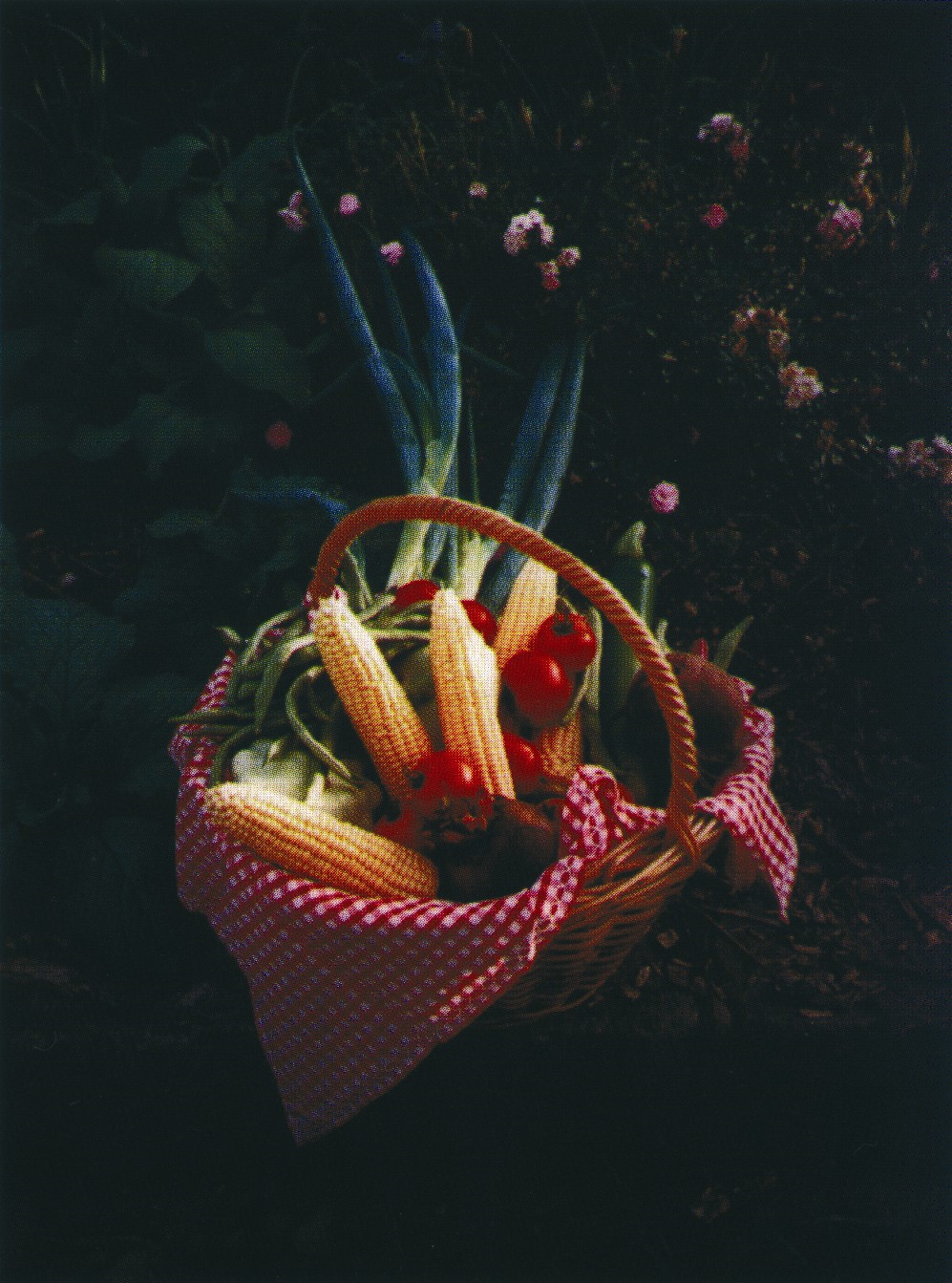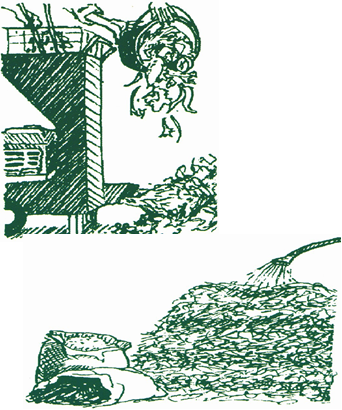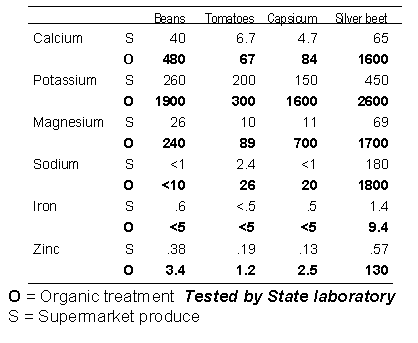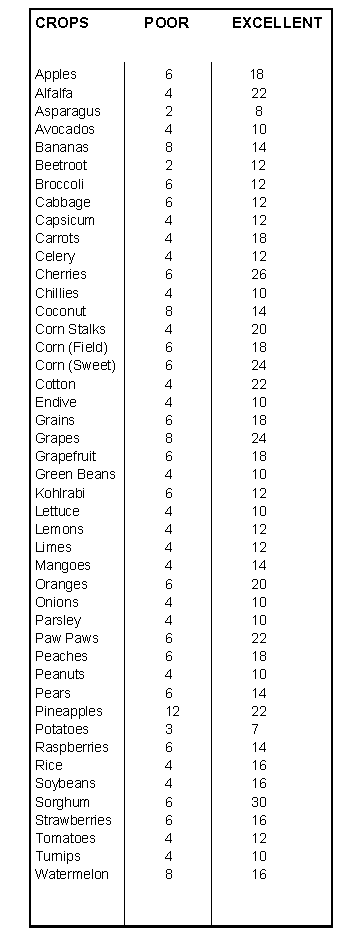It has been recently demonstrated that soils man- aged organically, revitalised by a range of natural minerals and enriched with organic matter have pro- vided vegetable produce with superb flavour and rich in health promoting mineral nutrients.
Australian soils are generally very old and leached of important plant nutrients. Today’s high tech food production systems do not emphasise sufficiently the important link between the nutritional quality of the plant and the fertility of the soil.

Is there adequate nutrition in our food?
Consumers purchasing fresh fruit and vegetables do so under the assumption that they are catering for the nutritional needs of their families. They generally select fresh produce on the basis of cosmetic appearance, i.e. colour, shape, freedom from blemishes.
However fruit and vegetables produced by „high tech‟ agricultural systems fed by synthetic fertilisers and protected by pesticides in reality may not be delivering the nutritional benefits that consumers believe.
*This treatment applies to pasture & agriculture in general

Analysis of vegetable produce
The table below illustrates some mineral analyses of organic produce grown on mineral enriched and biologically revitalised soil and analyses of similar items purchased from the supermarket.

The vegetables produced from the revitalised soils are generally more than ten times higher in nutritional elements than the supermarket samples.
This Trial was supervised by Chris Allenson—Chairman of “Organic Retailers & Growers Association Aust.” (O.R.G.A.A.) using mineral fertilisers activated with fish fertilisers.
THE IMPORTANCE OF BRIX
Brix levels are measured using an indispensable tool called a refractometer. Brix is usually regarded as a measure of plant sugars and is often only considered important by growers of grapes and sugar cane, who are specifically chasing good sugar levels. In actual fact brix is a measure of plant health, reflecting sugar, mineral and protein levels. Good brix levels are based upon balanced soil with the correct cal- cium/.magnesium ratio, good phosphate levels and sufficient organic carbon to allow soil life proliferation. In the absence of all or any of these conditions it can be a heartbreaking, gut-wrenching experience, trying to bring in a crop without the chemical insurance policy.
LIFTING BRIX TO REPEL PESTS
The main reason why high brix levels repel insects is remarkably simple. High brix is associated with sug- ars that ferment and produce alcohol, which is incon- sistent with insects‟ digestive systems. In essence, the insects are tuned into low brix, minerally deficient food source, so they avoid suffering a gut ache. The key to increasing resistance, then, lies in increasing brix levels
FOLIAR BRIX BUILDERS
Liquid seaweed is generally recognised as the single most effective foliar fertiliser when chasing rapid brix increases. Seaweed contains a huge range of amino acids and complex plant sugars. It also contains sev- eral powerful growth hormones and broad-spectrum trace elements in chelated form. Liquid seaweed also appears to provide pest protection beyond the product‟s brix building potential. For example, in- creased resistance to fungal diseases is often re- ported.
MONITORING BRIX LEVELS
Good brix levels are the key to high quality produce and inherent pest resistance. There is one easy-to- use instrument that should be used to monitor brix levels. The essential “eco-tool” is called a refracto- meter.
The refractometer consists of a small hand-held tube shape instrument with an adjustable eyepiece at one end and a prism with a plastic cover at the other end. The light passing through the liquid is refracted (bent) in relation to the amount of dissolved solids found in the liquid. The grower uses a garlic crusher to extract a few drops of juice from plant leaves, and the instru- ment registers a score from o to 32.
Crops may test below the poor or above the excellent readings. In general, the crop with the higher reading on a refractometer will have a higher sugar content, a higher mineral content, higher true protein content and a greater specific gravity or density. In effect, this comprises a sweeter tasting, more minerally nutritious food with a lower nitrate and water content and better storage capacities. There will be associated alcohol production from fermented sugars and the crop will be more insect-resistant. Crops with high refractometer readings will have a lower freezing point and will suf- fer less frost damage.
The following chart gives a range of refractive values for a variety of crops:


